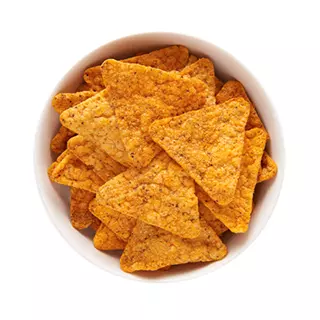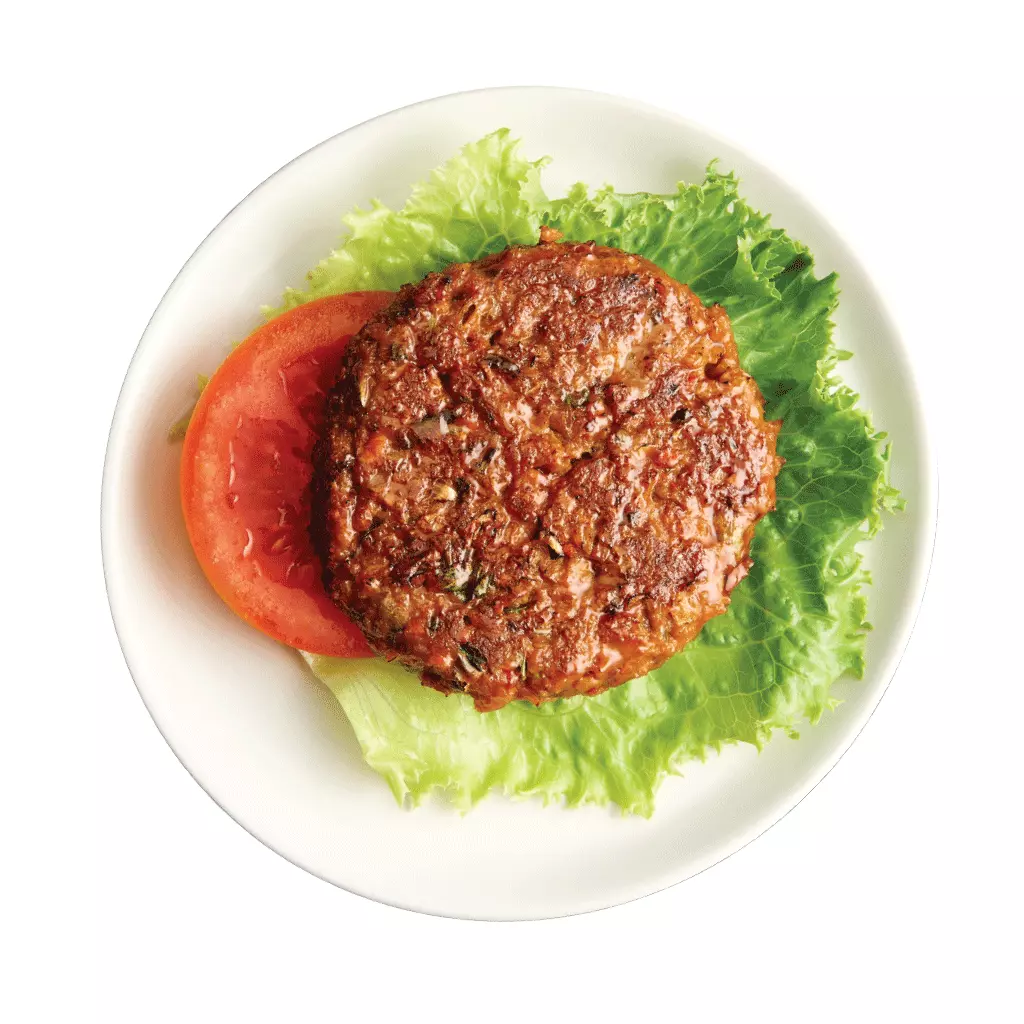We all know that losing weight can be difficult, and it is even more challenging when you have Type 1 diabetes – given its day-to-day management needs.
There is a lot of advice online on what is the best way to lose weight, whether or not you have type 1 diabetes. The contradicting information makes it difficult to know what is really worth it and what will be a total waste of time or negatively impact your health.
We are not going to suggest that you cut out carbs altogether or tell you to fast with maple syrup and cayenne pepper to achieve weight loss goals. One thing we’ve learned through the years as nutritionists and weight-loss coaches is that a balanced, low-insulin diet with nutrient timing and physical activity is the most effective way to lose weight when you have type 1 diabetes. Besides, it helps you maintain your energy levels as well as your brain and body function.
The chances are that you have already thought about this and know why it is essential to drop weight and stay lean. But, we say it is all about performance!
Performing can mean living a healthier or longer life, or if you are a sports person, it can also mean soaring above your competition.
Things that impact weight loss for Type I diabetics:
- Alcohol intake
- Total alcohol level
- Stress levels
- Amount of sugar in the diet
- Sleep duration and quality
- Total daily calories and fat consumption
- Basal and bolus amounts and timing
- Nutrient shifting and timing
Why high carb diets alone don’t work
Let’s start with the peptide hormone insulin.
Insulin is a regulatory hormone that allows the body cells to take up glucose, which it needs for energy metabolism and blood sugar balance. Obviously, type I diabetics don’t produce enough insulin! Hence, they take insulin supplements via injection or insulin pump. Whether or not you have Type I diabetes, higher doses of insulin will facilitate fat storage (adipose tissues), an obstacle for weight loss.
Clearly, if you have type I diabetes, your blood sugar fluctuates as you increase the number of carbohydrates you consume. Obtaining 55 percent or more of your total daily calorie needs from carbohydrates increases the doses of insulin you need to take.
Higher insulin doses and free active insulin in the body can increase carbohydrate metabolism from foods you consume and from your glycogen stores in the muscles. These increased insulin levels all day long do not allow much time for the body fat to be burned and metabolized. Bear in mind that insulin instructs the body to store fat and burn glucose or glycogen for energy.
This scenario won’t be ideal for someone with type I diabetes or an active individual aiming to have a slimmer body composition.
Consuming carbohydrates, particularly before getting active, can lead to a surge in insulin levels, causing the body to burn carbohydrates exclusively and do a bad job of depleting our fat cells. Sometimes, a high carb diet will offer enough energy.
However, the crashing of blood sugar due to insulin spikes also makes you feel hungrier since glucose is quickly absorbed in the body. Hence, a high carbohydrate diet alone is not the magical solution.
What should you do then?
Okay, what’s the ideal amount of carbohydrate then?
Your body is much like a car – and carbs are the gasoline tank. If your tank can’t hold more than, say, 16 gallons of gasoline (carbohydrate), trying to fill the tank with 17 gallons will only result in weight gain.
For diabetics who monitor their total daily doses or use an insulin pump, this gasoline tank analogy is virtually the same as the total insulin dose per day. This scenario means that – the mean total daily amount of insulin is the baseline that helps you know whether your body is completely full at 16 gallons or 50% full at 8 gallons. People without diabetes will have to track the total amount of carbohydrates either with an app or any other tracking method to know this.
In our experience with diabetic athletes, we found that these people rarely “bonk” since most of them usually learn how to monitor their total insulin doses per day and ensure they have adequate “gasoline” in their tank that can see them through the day. Total carbohydrate intake should increase on days you are more active and decrease for non-active ones, as simple as that.
Important note: For diabetics who are extremely active (more than 8hrs of activity per week), the weight loss macros can be a little different. Carbohydrate tolerance can increase significantly with more emphasis and focus on lean proteins (between 20-30 percent of total daily calorie intake) and moderate amounts of “healthy” fats ( 15-25 percent total daily calorie intake).
Why high-fat diets alone won’t work
Although the high fat or low carb diet comes with its advantages and disadvantages, it doesn’t work as the only nutrient source. Below are two big pros to this type of diet strategy:
1. Low Insulin Level Helps Maintain Blood Sugar
Lower insulin levels are good for sustaining energy and balancing the levels of sugar in the blood.
When your diet is mostly fats, they are not quickly absorbed into the body, and it can take around 8 hours for extremely high-fat meals to be completely absorbed. These fats can reduce the absorption of carbohydrates during this period and provide a slow trickle of energy into the body system, lowering the need for insulin.
2. Burns More Fat
Fat-burning metabolism increases due to a reduction in the levels of total daily insulin. When the amount of insulin circulating in the blood is reduced, it enables the body to burn fat more readily. In fact, the lower the amount of insulin in the body, the higher the amount of fat burned.
So, why don’t we just go with fat then? Below are two big downsides to a pure ketogenic diet approach:
1. Increased Calorie Intake
One gram of fat contains 9 calories compared to protein and carbohydrates. This is more than 200 percent when you weigh things up side by side, gram for gram. So, if the aim is to lose weight in the best way possible and slim out, then the total amount of calories needs to be considered.
Aside from containing more calories, there are slowly absorbed and can have a sustained insulin need or impact for several hours. This is particularly true if they are eaten together with proteins and carbohydrates, which are more quickly burned or absorbed.
So, a high-fat, high carbohydrate diet is a key to weight gain and definitely not the ideal approach.
2. Decreased Energy Level
High-fat diets reduce energy levels!
When you eat fats (healthy or unhealthy fats), you may not get that energy into the blood for several hours due to their slow absorption. This can make you feel irritable and too exhausted to be as active as usual.
Using the car analogy, it is as though the car only gets a small injection of gasoline while you are on the move and make stops regularly.
Moreover…
Fat can make you feel full and conceal hunger. However, the body needs to get an adequate amount of calories at some point, and this often comes in the form of sudden cravings when we are not hungry and have a sudden desire for sugar and sweets.
Lack of enough timely carbohydrate energy can make you too fatigued to be as active and prevent you from burning many calories, which is essential for glycemic control and weight loss.
What makes a balanced, low-insulin diet with nutrient timing and physical activity the best way to lose weight
As we have seen both high fat and high carbohydrate diets have their advantages. Hence, the nutrient timing and food combining aspects of Ideal Protein’s Alternative plan, designed specifically for Type 1 diabetics, combine the two diet approaches better and is even more effective for weight loss when you add activity to the picture.
The trick is to time insulin, which is the same as timing proteins, fats, and carbohydrates. Insulin has an enhanced effect at different times of the day and particularly during activity.
But how does it work?
Let’s assume you plan to immediately carry out an activity when you wake up in the morning – be it a short walk or a run down around the block.
What do you eat? What quantities do you take? For activity less than an hour, it is best not to eat anything. This concept is because your body possesses stored glucose (glycogen in the muscles) that it can use for that one hour. This implies that you don’t have to take carbohydrates immediately to be able to perform this activity. It also means that you wouldn’t need insulin before or during the activity, which means you can quickly burn more fat.
If you’re starving and need to take something before your activity, you should eat a little amount of healthy fats to make you feel full until you can take your first proper meal of the day.
Although good lean proteins also work fine in this way, Type 1 diabetics may still need a small dose of insulin, making the fat-burning session not as successful as it could have been.
Exercising while fasting is better
The best thing to do is to perform the workout in a fasted state and with little food to make you feel full and sustain you for the activity.
For individuals with type I diabetes, the key factor to consider before getting active is the amount of active insulin in their body from basal rate and boluses. If insulin is in the system, a certain amount of glucose would need to be consumed to prevent blood sugar from crashing. Since synthetic insulin acts for about 3.5 to 4.5 hours, some planning may help time your meal and when you will be active.
Adding protein and carbs post-workout
Once you have completed the activity, you can now introduce protein and carbohydrates into the mix. Protein helps repair lean muscle and carbohydrates to restore muscle glycogen lost during the activity.
When you finish your workout, you will become hypersensitive to insulin and its effects of storing glucose for later use. Your body may need 50 percent more insulin to absorb glucose before exercise compared to 50% less (or even around 70%) when taken after exercise. This helps Type 1 diabetics lower the total dose of free active insulin and promotes weight loss. At this time, you will also want to avoid healthy fats in favor of carbohydrates and protein due to insulin timing. You can then go back to a higher balance of all macronutrients, including healthy fats, after this short recovery window.
Note: We highly recommend taking high-quality, bioavailable protein, such as the Ideal Protein foods if you are choosing this approach for weight loss.
If your activity is an easy one, then there is no need to have large amounts of carbohydrates but rather a higher quantity of protein and healthy fats after exercise with just a moderate amount of carbohydrates.
No matter whether you are lightly or very active, this diet approach needs to combine all the macronutrients (carbohydrates, fats, and proteins) as follows:
% of total calorie needs for less active people (30 minutes-120 minutes of activity per week)
- Carbohydrate 30-40%
- Fat 25-40%
- Protein 15-30%
Basal: 45-50%
Bolus: 45-50%
% of total daily calorie needs for very active people ( more than 8 hours of activity per week)
- Carbohydrate 50-60%
- Protein 20-30%
- Fat 15-30%
Basal: 40-45%
Bolus: 55-60%
Conclusion
Losing weight with Type 1 diabetes is no doubt demanding. Of course, pulling it all together won’t be easy. Life always happens, and timing nutrition and insulin will be challenging as you take insulin over several hours of the day with different meals. Only continuous practice, learning, and proper planning can result in more tremendous success.
However, the above analysis surely concludes that for the Type 1 diabetics, taking the balanced low-insulin diet approach with nutrient timing will result in long-term weight-loss and happiness with improved blood sugars.
If you’re looking for a simple approach to losing weight with Type 1 diabetes, check out our Ideal Protein Alternative plan. It is specifically designed to help lose weight for those with Type 1 diabetes and improve glycemic control (without becoming a mathematician or bottoming out). If you’re interested in learning more about how Ideal Protein works for weight loss in Type 1 diabetics, schedule a free consultation today!






